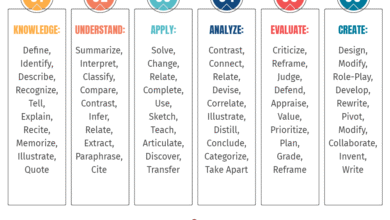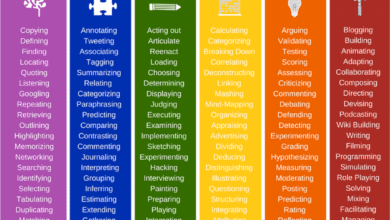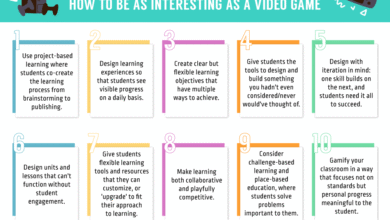A Resource Guide for Library Workers, Library Supporters, and Beyond
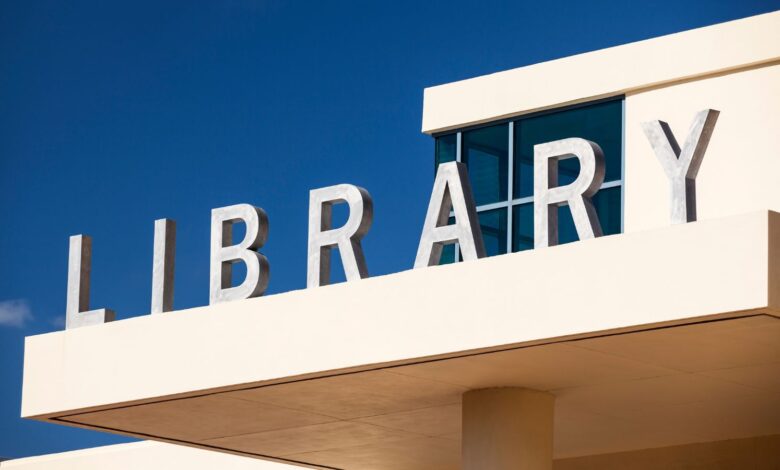
Finding a positive to emerge out of several years of book banning feels like grasping at sand. We have watched the First and Fourteenth Amendment Rights of people be squashed, sat by as some of the most underpaid and overworked public servants in the country be called inaccurate and dangerous names, and experienced a rise in christofascism and stochastic terrorism across public schools and libraries. None of these are good, and none of these point to a healthy or thriving democracy.
Public librarians have been at the forefront of covering the social services gaps in their communities, becoming the safety nets when the budget strings of other supports in a community are cut. Look to the need for public libraries to become a place where the unhoused can spend their days; how they are expected to put their safety on the line in order to be warming centers during cold snaps and cooling centers during heat waves; how they continued to need to provide in-person services during the height of a deadly pandemic; and how they have begun in recent years to hire staff social workers to help with the ongoing mental health crisis faced by community members who may have no other viable access to help. Libraries are not essential services, despite the demands made upon them to provide essential services. These are roles library workers take on because they see their job as meeting the needs of their communities and because if they choose not to, it could be their budgets being slashed in the next round of cuts. Both things can be true, just as it can be true that library workers enjoy the challenges present to them and are directly impacted by them on a personal level. Librarians experience compassion fatigue and significant stress through the course of their days and that is without being faced with book bans or people showing up to board meetings calling them groomers.
But were we to look for some kind of light amidst the dark, it would be this: following the height of the pandemic, much more time, money, energy, and attention is being paid to the true mental health costs of all of these challenges on library workers. The profession is at a pivotal moment, at once much more in the public eye than ever before and much more aware of the personal tolls this field of work takes on the people who work within these institutions.
Trauma has become one of the most researched and written about topics in the world of mental health over the last decade. Now, we’re seeing where and how the concept of trauma not only intersects with library work but the tools, resources, and discourse necessary to help libraries not only acknowledge the need to care for the mental well-being of staff but to ensure that the most valuable asset in any library—its people—are supported and able to bring their best selves not only to work but to the rest of their lives, too.
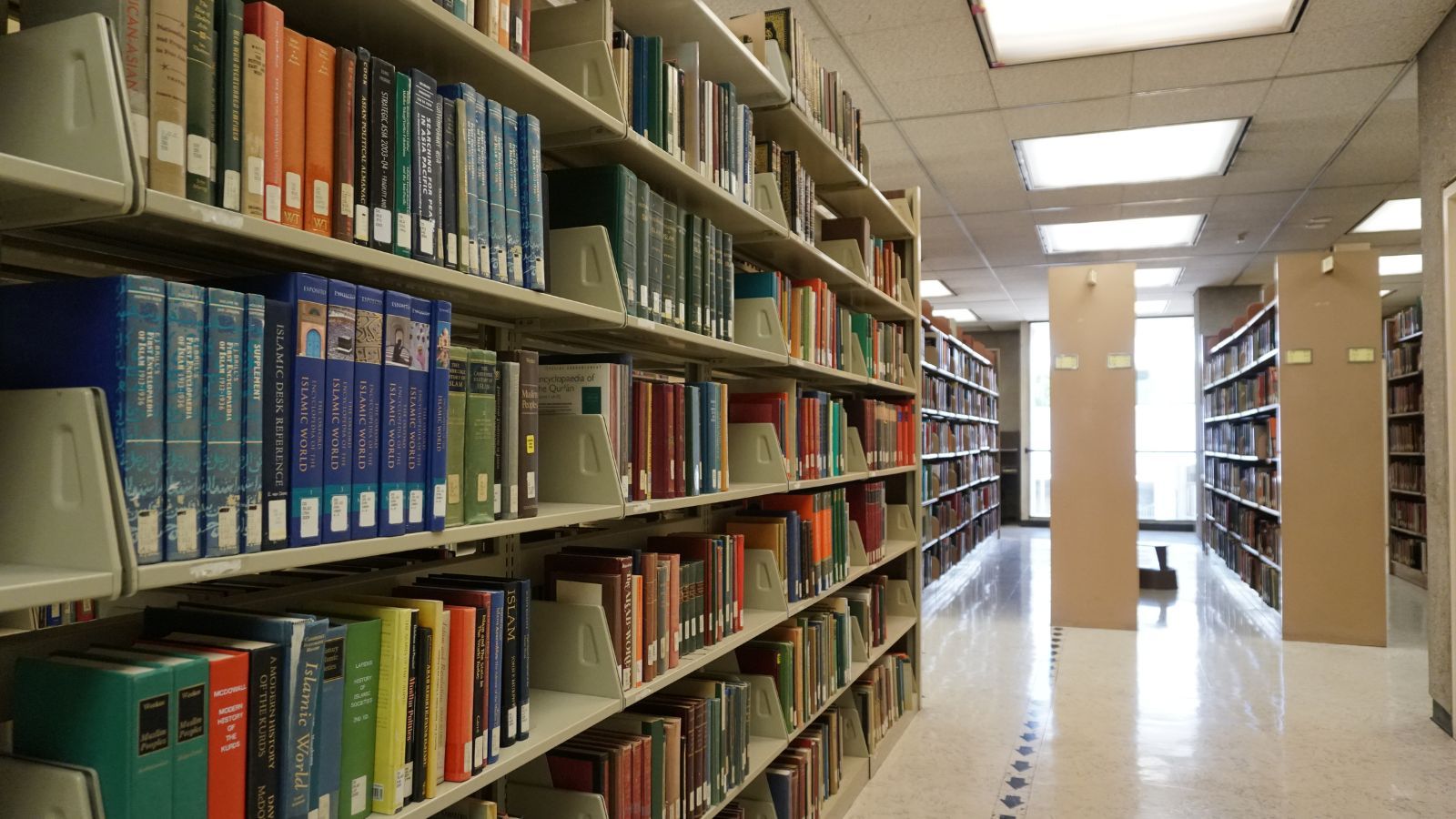
What Is Trauma?
Trauma is an emotional response to an event. Trauma is not the event itself, as can sometimes be portrayed in popular narratives. Perhaps the easiest way to think of trauma is that the body’s natural fight, flight, or freeze response — normally a short-lived experience — does not dissipate once the triggering incident ends. It is consistently on guard, with less and less opportunity to shut down the body’s sympathetic nervous system. Things that would otherwise have a neutral response from an individual become events where that fight, flight, freeze continues to take hold.
There are many life situations that create trauma for a person. Because it is so individual, some are more sensitive while others are more resilient. It is much more likely for those living in the margins to experience trauma than those who fit the cishet, white, Christian mold. Trauma can not only be mental but physical as well. There is often a somatic element, which might involve shaking, sweating, jittering movements, or something else entirely. What makes trauma tricky is that the way it plays out for each person is so different. Just because someone looks okay does not mean they are not having a traumatic response. Trauma responses impact every decision made and action taken–no one operates from their highest or best selves in the throes of trauma.
In the library, workers may experience trauma if they’re put in a difficult situation that ignites the fight, flight, or freeze response. A bomb threat at the library might create trauma in some, while in others, it does not. But those who are not traumatized by the bomb threat might find themselves with trauma were they present for several bomb threats over the course of a few weeks in their workplace. An individual coming into the library and demanding the removal of several LGBTQ+ books from the shelves and using words like “groomer,” “indoctrination,” or “pedophile” to describe library workers may create trauma for staff members. This is amplified if any library workers happen to be queer or have been victims of actual grooming themselves. The potential for trauma escalates depending upon one’s life experience, so even if there is no immediate threat to a person, the language, words, and situations they are exposed to can be traumatizing. It is important when thinking about decisions library workers make in the heat of the moment whether or not that decision is one made from logic and thought or one made as a traumatic response. In a panic, a library worker may pull several books from the shelves or choose not to buy certain books not because they are purposefully choosing to censor materials but because they simply cannot operate from their most rational brain space.
COVID amplified the possibility of trauma in library workers. So many put their health and the wellness of their families on the line to provide in-person service and were recruited as part of the distribution of masks and tests, sometimes not being given their own personal protective equipment or not being seen as “essential,” and given early access to things like the vaccine. Indeed, these competing messages—that libraries are so crucial they need to be open during a global pandemic, but their workers are not given the proper protection or help to stay well themselves—provided fertile grounds for trauma.
The speed by which COVID was shoved away when the Centers for Disease Control gave an all-clear offered no space, time, or energy for processing the events that unfolded over several years. This compounded potential trauma. While COVID is still a public health threat, it is treated as done and gone. On the heels of the deadly virus, library workers have gone deeply unappreciated for their efforts and have been rewarded with right-wing conspiracies about what happens in the library and an onslaught of censorship, funding challenges, and more.
Trauma is also what the library worker themselves brings to the workplace. What’s difficult here is sometimes the library worker does not know—inherited or intergenerational trauma are realities for marginalized folks in particular, who may be unaware of trauma responses that emerge through the course of their daily work and/or who are triggered by an event in the workplace much differently than a white coworker. As mentioned earlier, a victim of sexual violence might find themselves in fight, flight, freeze mode over even seeing the word “groomer” in a way that another colleague may be better able to brush off as simply rhetoric. All of these responses are valid, just as much as all should be taken seriously within a workplace that strives to be a democratic institution focused on equity, diversity, inclusivity, and human dignity.

Compassion Fatigue, Vicarious and Secondary Trauma, and Burnout in Library Workers
A set of related mental health challenges faced by library workers relate to their professional quality of life. Library work, like nursing or education, can be high burnout work. While the profession might be deemed as quaint or dreamy in pop culture, and while certainly there are elements of the work which are deeply enjoyable and rewarding, it is still a job, and more, it is a job that works with people. When the mental health components of the job go unaddressed, the false image of the career continues, and more and more workers either burn out or believe themselves to be the problem—not the system itself.
When we talk about burnout, it is important to step back momentarily and look at the context from which burnout occurs. It is one of two elements of compassion fatigue—this is a numbing of or indifference for those who may be struggling. Compassion fatigue happens through continued exposure, and not addressing it can lead to burnout or to secondary/vicarious trauma. In libraries, repeat exposure to people in pain or in need can lead to compassion fatigue. It’s not purposeful, but a consequence of not having the tools or outlets to work through the emotional realities of being a social safety net, of helping people without homes stay safe during the day, of connecting patrons with resources to help them on any number of difficult issues. We are all human and have human reactions to these experiences, even if it is part of, or most of, a person’s job.
Via compassion fatigue, there is burnout, characterized by frustration, exhaustion, anger, and depression. There is also vicarious/secondary trauma, a negative feeling that lingers and is akin to fear. In libraries, this might be the worry of who the next patron to be helped might need—will it be another series of phone calls across the county to shelters to help someone find a place to stay for the night?—and those thoughts can impact not only the person being helped but the helper themselves. That fear can grow in the bones and become a form of post-traumatic stress disorder over the long run. Secondary trauma also includes simply being repeatedly exposed to other people’s trauma and/or the emotional labor required to show up for the public again and again.
The flip side of this is compassion satisfaction, and ultimately, the library should seek to help its workers perform under this umbrella. When workers are not, then it is crucial to figure out why and what can be done. Because these are not issues with an individual; no amount of self-care can change the conditions of an institution or a system that contains all of the elements for compassion fatigue.
Of course, all of this is deeply tied to vocational awe in libraries, a concept developed and explained by Fobazi Ettarh:
“As part of vocational awe in libraries, awe manifests in response to the library as both a place and an institution. Because the sacred duties of freedom, information, and service are so momentous, the library worker is easily paralyzed. In the face of grand missions of literacy and freedom, advocating for your full lunch break feels petty. And tasked with the responsibility of sustaining democracy and intellectual freedom, taking a mental health day feels shameful. Awe is easily weaponized against the worker, allowing anyone to deploy a vocational purity test in which the worker can be accused of not being devout or passionate enough to serve without complaint.”
It is important to emphasize here that compassion fatigue and its linked experiences of burnout and vicarious/secondary trauma and trauma itself are realities, but they are changeable. Resilience has been a key component of change for those struggling with trauma in the world of mental health. While many poke fun at the idea of solving real problems with resilience, the fact of the matter is resilience is backed by research, and it is through developing resilience that systemic change is created. When we can all operate from our best selves, we can use the tools we have to dismantle and rebuild the world around us into one that better meets the needs of everyone.
Trauma is cyclical, and that cycle can be disrupted.
Bettering Library Worker Mental Health Through Education, Research, Policy, and Real Resources
“Even if book challenges have not happened at a particular library yet, with the rise of organizations like Moms for Liberty, there also is an anticipatory anxiety – wondering when this will happen to our library and to what extent. There seems to be a feeling of inevitability. The trauma cycle is beginning before the incident itself – there is anticipation of the incident. Libraries are taking some protective efforts, working on their book challenge policies and discussing potential challenges with staff. But how do you prepare the nervous system for this conflict if you have not healed past traumas?” — Jieun Yeon and Leah Dudak
Jieun Yeon and Leah Dudak are two PhD candidates at the Syracuse University School of Information. Both have dedicated their research to the effects of trauma on library workers. Yeon’s focus has been on library governance and materials censorship, and as part of her work, Dudak played an instrumental role in the development of the groundbreaking trauma study conducted by Urban Librarians Unite. Together, they have written at length about the ways book banning and censorship directly affect the possibility of trauma in library workers. Their research is not only eye-opening, it is catalyzing, offering a model to help understand the ways library workers experience trauma. This framework is crucial for developing real and actionable ways of addressing the library mental health crisis during times of high stress and beyond.
In their paper, “Potential for Trauma in Public Libraries Experiencing Book Banning and Material Challenges,” currently under peer review, they build upon a framework developed by Urban Libraries Unite that illustrates how the trauma cycle unfolds in public libraries. Key to the update is the addition of anticipation as additional fuel for the cycle.
While library workers have watched the last several years of censorship play out, the belief that they could be next has played a role in increasing stress and activating the fight-flight-freeze response. No longer is trauma seen as a result of an incident; this cycle acknowledges how possibility can activate a trauma response, even if that possibility is not necessary for the cycle to unravel.
Yeon and Dudak explain:
“This anticipatory anxiety may activate some of the same parts of the brain that trauma does, making the brain more primed to find stressors and engage in fight, flight, or freeze behaviors. And after a book challenge occurs, there may also be an anticipation of it happening again and this keeps the brain’s stress systems activated, which causes the library worker to be more sensitive to the next stressor they experience. And since the topic of book challenges is something that a good portion of the library world is watching, there may also be a collective anticipation of book banning, adding to the potential for collective trauma.”
The cycle model is not simply a useful visual for understanding trauma. It is a powerful tool for responding to trauma or potential trauma in libraries. If part of the cycle is interrupted, then it cannot continue onward. The Library Trauma Cycle offers a way to create change within the library system.
In the book ban context, as Yeon and Dudak explain, this means:
- Establishing strong collection management policies with clear guidelines for what can and cannot trigger a formal book reconsideration.
Every single staff person, from the high schooler who shelves books to the highest administrator, knows the process, where to direct community members when they want to file a complaint, and who point people are for when questions or concerns arise. Strong collection policies decrease anticipation because everyone within the library ecosystem knows the process and follows it–as we’ve seen in the last several years, there has been a lack of strong policy, inconsistent application of policy, or total lack of respect for policy, which has emboldened censors. Transparency and collective buy-in ease anticipation.
- Creating spaces where staff can discuss the mental health issues arising in the context of book bans.
Whether or not your institution has dealt with book bans does not matter. It is important to come together and talk about what’s happening locally as well as more broadly. These spaces should be dynamic and provide opportunities for both peer-to-peer conversations and peer-to-administration conversations. Not talking about the elephant in the room does not make it go away. A space to openly and frankly air fears and worry, without strings attached, is key. These are brave spaces and must be cultivated as such. They are not simply another task for the to-do list.
- Administration taking the mental health concerns of staff seriously.
Mental health is health, and if the library advocates for the mental health of its patrons, it should do so on behalf of staff as well. This comes, of course, in the form of open and honest dialog, as well as in providing access to mental health services. Does the staff have time to seek counseling if needed–and is counseling covered by insurance? If they don’t, how can that time be built into their schedule? How do part-time employees have their mental health addressed if they are not eligible for insurance? Is it possible to provide staff training that brings in mental health professionals to both provide psychoeducation tailored to library workers and to help them develop a toolkit of personal and systemic methods for managing their mental well-being?
Another way administration can take mental health seriously is by developing and advocating for policy that prioritizes mental health. One policy to consider is a self-care parachute: if someone needs to step away from a public desk or from the workplace in moments where their need for self-care is essential, that should be granted without the expectation of needing to take limited PTO or sick leave for it. If a staff member has been subject to harassment for purchasing LGBTQ+ books, for example, or for showing up to a board meeting to defend the books in the library collection, they may need to step away from a desk for a period of time; depending on how things escalate, it might be safer for them to work from home for a period of time than in the library. Even in small libraries, it is possible to shuffle coverage schedules to help someone regroup. People do not take advantage of these policies but instead, benefit from them significantly. For members of marginalized communities especially, such policies point to an administration who acknowledges that external stressors may impact how someone shows up to work. Your employees of color and your LGBTQ+ employees have especially struggled during this era of book bans. A book ban story might put them into trauma mode in a way that does not impact someone else on staff who is not part of one of these groups. Giving them the space to go for a walk, to seek out professional help, or to work in a less triggering context is a powerful way to help those people escape the trauma response, regulate their nervous systems, and return to their jobs as their best possible selves.
Of course, many of the above are subject to approval by library boards—the very library boards that have been the end goals of pro-censorship parties. This is where administration could better articulate to the community the importance of the library board and work to identify the kinds of individuals who would be assets for these positions (encouraging them to run when there is an election or to apply for appointed positions).
- Build a community connection, especially with communities under attack (that is, marginalized communities).
The creation of spaces to discuss mental health; policies that support mental health; and identification, engagement, and knowledge of the kinds of community users who make for powerful advocates of the library and its workers all tie into this final point. No organization can end trauma without building community alliances and without putting the needs of those under attack at the top of their list of action.
One reason something like a parachute policy has tremendous value is that it allows marginalized individuals to pull the string when they need to rather than when administration believes they might need to. This model doesn’t put the onus on the individual but instead acknowledges the dimensionality of each person within an organization. Not all of your LGBTQ+ staff members may be impacted by an event in the same way, and suggesting they all take time off to recover would flatten each of their experiences into one collective. And while collective trauma is real, it impacts everyone differently. For some, being more engaged in their work is the right outlet. Others may need to step away. Both are valid responses, and by encouraging individuals to express their needs, administration is more likely to be trusted–and feel empowered–by staff.
Building community connections also helps individuals who do not work in the library but who advocate on behalf of it. Anti-censorship groups and individuals fighting back against book bans, for example, have been subject to trauma, too. Their experiences may not happen in the library the same way it does for a library worker, but connecting with these people can be a powerful way to help reduce the potential long-term trauma emerging at this time, both for them and for library staff.
By not addressing trauma within the context of the library, the field will continue to not only weaken, but it will move away from one of its long-term needs: diversifying. Overlooking mental health and trauma in libraries creates a toxic environment for workers. A toxic environment for workers inevitably also means a toxic environment for patrons. A lack of support leads to burnout and a loss of voices and perspectives vital within a community. Who wants to use a public library that doesn’t feel safe?
Who wants to use a public library where no one on staff looks like the community?
At the end of the day, this is precisely what happens.
When we know the cycle and the tools that can disrupt it, there are few excuses for why things cannot be changed. Even the most legitimate excuses—a library board that is not sympathetic or a lack of funding, for example—are themselves issues needing to be confronted head-on if this field and this fight for intellectual freedom are to be sustained, let alone successful.

Resources
While the above features a wealth of resources to explore, here are a few more for going wider or deeper in understanding trauma in the library.
Interrupting the trauma cycle happens both on the individual and systemic levels. The bulk of this story focused on the system level because so much of what library workers and, frankly, the general public are told about mental health is that it is your personal responsibility. But no one can self-care their way out of broken systems, just as it is not possible to self-care your way to paying rent in a low-paying job like librarianship. That said, one of the crucial buy-ins for some of the above suggestions is that individuals have at the ready tools for checking in with themselves and for diffusing the fight-flight-freeze arousal when it shows up for them. Here are a handful of ways to shift out of that mode—any of these help get your body into a state of resting, digesting, and refocusing. Some will work more effectively than others, as every person’s needs differ.
- First and foremost: create a safety plan when you are not in the midst of a trauma response that lists where you feel safe. This can include places and people. It might offer ideas for what you can do if you’re in a space where you feel unsafe—for example, if you’re at the reference desk, your safety plan might involve asking another staff member to cover for you while you go to your car to sit and breathe for 15 minutes. If you’re on social media, it might mean setting your account to private and logging out for a period of time.
- Walk away from triggering spaces as soon as possible. It’s not always a thing you can do immediately, but even being able to tell yourself that in 30 minutes, you’ll be able to step away, your nervous system can begin to settle.
- Develop a self-care plan. This can look like whatever you need it to look like. Maybe your self-care is securing a counseling appointment. Maybe it is baking something sweet and sharing it with coworkers. Perhaps it’s sticking to a routine of getting enough sleep and drinking enough water; maybe it’s even stopping at the coffee shop to get a fancy drink to enjoy while you journal about what’s going on. Every person has different self-care needs, but figuring out what works for you is something you need to determine. Once you do and have them on a list, you can turn to it when your brain is unable to think at its best.
- Spend 5-10 minutes doing nothing but focusing on your breath. Note when you inhale and note when you exhale. You do not need to do any fancy technique. The act of closing your eyes and tuning in has an effect on your nervous system that helps you calm down.
- Move your body. This can be a big workout if that’s your jam, or it can be dancing to a song or two. Again, like breathing, the movement of your body gets energy flowing in different directions and can have a powerful calming effect.
Once you are safe and out of the fight-flight-freeze response, then you can do some of the following:
- Determine if you need to seek professional help
- Record everything that transpired, even if it feels minor or unimportant. This is helpful documentation for several reasons. It can help you piece together a timeline of events as evidence if needed—in the case of a verbally abusive patron, for example—and it can help you identify when and where you might become triggered in a situation—perhaps you read too many comments on social media about a book being available in a public library.
- Create a document of your personal values and responsibilities and post it somewhere you can see. This will remind you that even in tough times, you are doing something that matters to you.

Additional Resources
ProQOL: The Professional Quality of Life resource from the Center for Victims of Torture offers tons of tools, guides, and insight into building a healthy professional life; it may be useful for those seeking mental health to talk with their counselor about an assessment via proQOL.
Urban Library Trauma Study: Research on the unique trauma associated with working in an urban library; fortunately, less relevant to book bans right now, but an important look at trauma in librarianship more broadly.
Trauma-Informed Librarianship 101 (Karina Hagelin): A toolkit for learning how to practice trauma-informed librarianship; useful for librarians and for working with patrons.
NASTAD: A useful self-assessment on burnout and secondary trauma that might help you in figuring out self-care next steps.
Note: I am currently in my practicum semester as part of my clinical mental health master’s program, and my interest throughout the last two years in school has been on LGBTQ+ teenagers, as well as public librarians. I come from this at both the intersection of my mental health expertise and expertise as a former public librarian. I found Leah Dudak through her work with the Urban Libraries Unite, as their research on trauma was instrumental for some of my own. This connection has been incredibly fulfilling professionally, and more has allowed for ensuring some of the powerful research happening in educational institutions can be shared and used by those most impacted on the ground: library workers.
Source link
